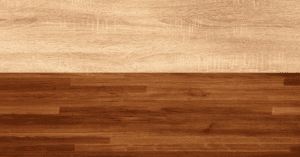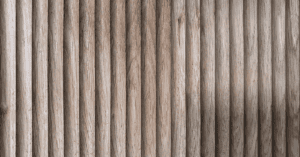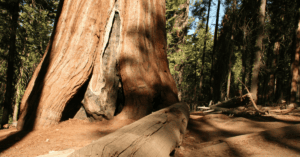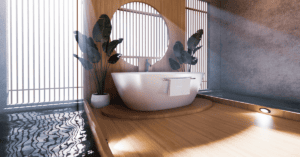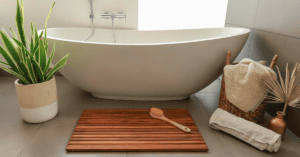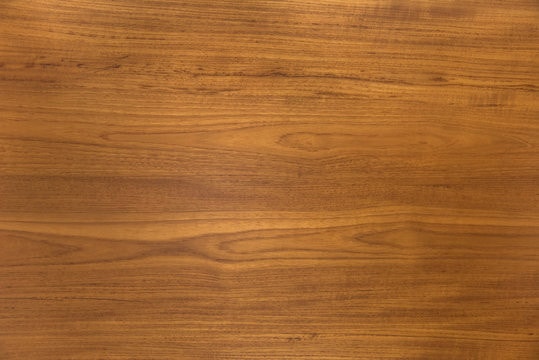
Do you ever wonder if you can make other wood species look like teak? We’ve been in your shoes before. Teak is among the most popular materials used for wooden furniture because of its durability and distinct beauty. However, it is also expensive and challenging to find. So, if you don’t have enough budget, you’re probably considering imitating its look.
You can make a piece of wooden furniture look like teak by oiling or staining. Preparing the surface is essential to ensure even application. These involve cleaning and sanding the furniture or floor.
Below, we will share the detailed steps to making ordinary wood look like expensive teak veneer. We’ll also teach you several alternatives to teak wood that are worth considering.
How To Make Wood Look Like Teak?
Here are the simple steps you must follow to make wood look like teak.
Clean the Wood

Before doing anything else, you must first ensure the wooden furniture or floor is clean.
Wipe off surface dust and dirt using a damp cloth or mop.
If you’re dealing with stubborn stains, you can soak the cloth in soapy water. Gently scrub the wood following its grain to remove deep-seated dirt. Then, rinse off with clean water.
You can also hose down most types of debris to keep the surface clean.
Remember to dry the furniture completely before moving to the next step.
Sand the Surface
After the wood is fully dry, you can sand it to achieve a smooth surface.
Use fine sandpaper with grit ranging from 120 to 220. Sand the wood following the direction of the grain to prevent unnecessary damage.
Once the surface is smooth, gently brush off the sanding residue.
Apply Teak Oil or Stain
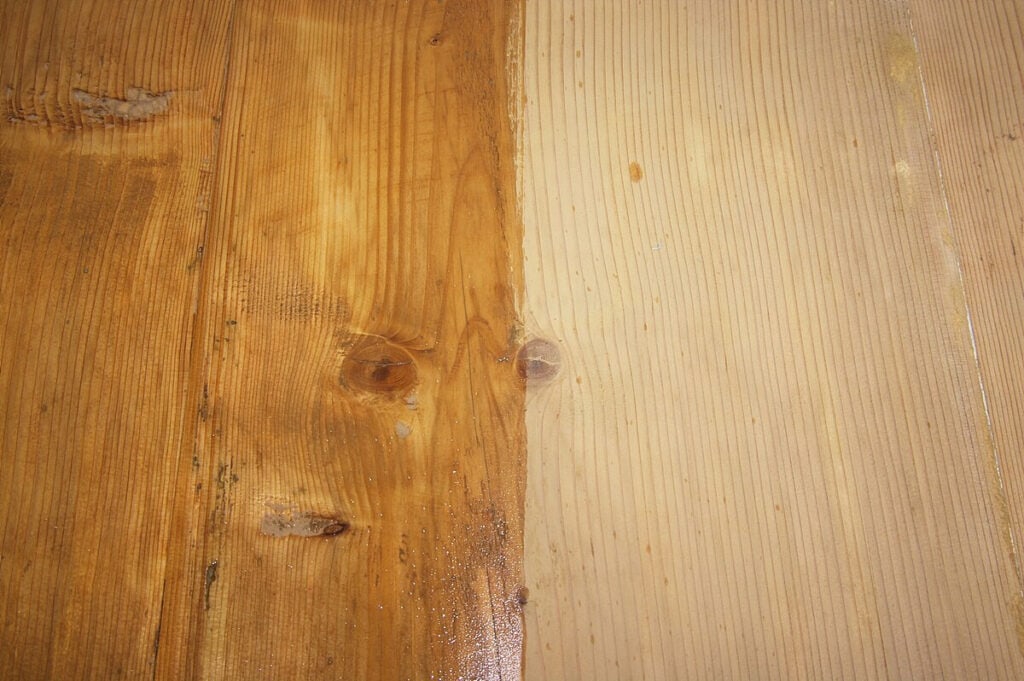
One of the best ways to make ordinary wood look like teak is to use teak oil or stain.
Teak oil is designed to treat wooden surfaces. It gives them a beautiful golden brown sheen that genuine teak is known for.
Staining wood can also imitate the natural appearance of teak.
You can buy both products at any home improvement store. Follow the specific directions on the packaging to ensure proper usage. In general, you’ll need to work in a well-ventilated area and apply a fair amount of the product to the surface.
Allow the oiled or stained wood to dry completely before using the furniture or floor.
Use a Sealer
After applying the oil or stain, you can put on a sealer. This transparent finish locks in the dye or stain to ensure it lasts for a long time. The sealer also protects the outer wood surface from damage. If the wood will be exposed to moisture, get a sealer with a waterproofing agent.
Carefully read the product label for the application instructions. Apply it to the lumber using a soft-bristled brush or roller. Make sure to cover the entire area for full protection. Finally, leave the sealer to dry, which can take anywhere from several hours to a few days.
What Are Woods That Look Similar to Teak?
If you don’t have time or money to spend on teak oils or stains, consider buying lumber that looks like teak wood instead. Below are several wood species that imitate teak and are worth looking into.
Iroko
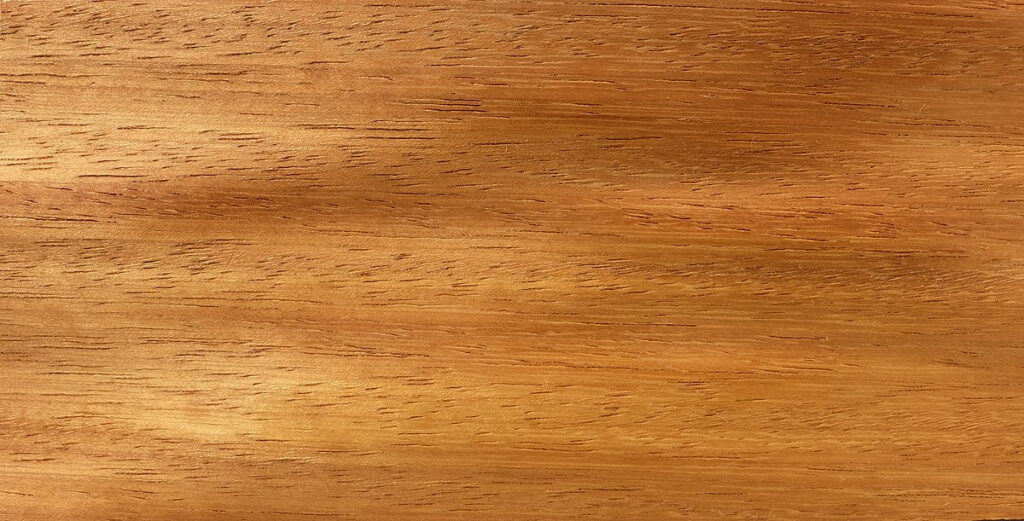
Iroko is also known as African teak due to its similarities to genuine teak wood that is native to Asia. It is a durable wood that can withstand different conditions. Like teak, iroko doesn’t require regular treatment when it is exposed outdoors. This wood species can also grow up to 150 feet tall with thick trunks up to seven feet in diameter.
But unlike teak, iroko is relatively inexpensive. It is hard and strong without the high price tag. It is also just as versatile as teak because it has many useful applications.
There are still a few downsides to consider, though. First, iroko wood can be difficult to cut with tools. It can also blunt edges very quickly due to the high mineral content of the hardwood.
That said, if you’re looking for a cheaper yet durable alternative to teak, iroko is an excellent choice.
Shorea
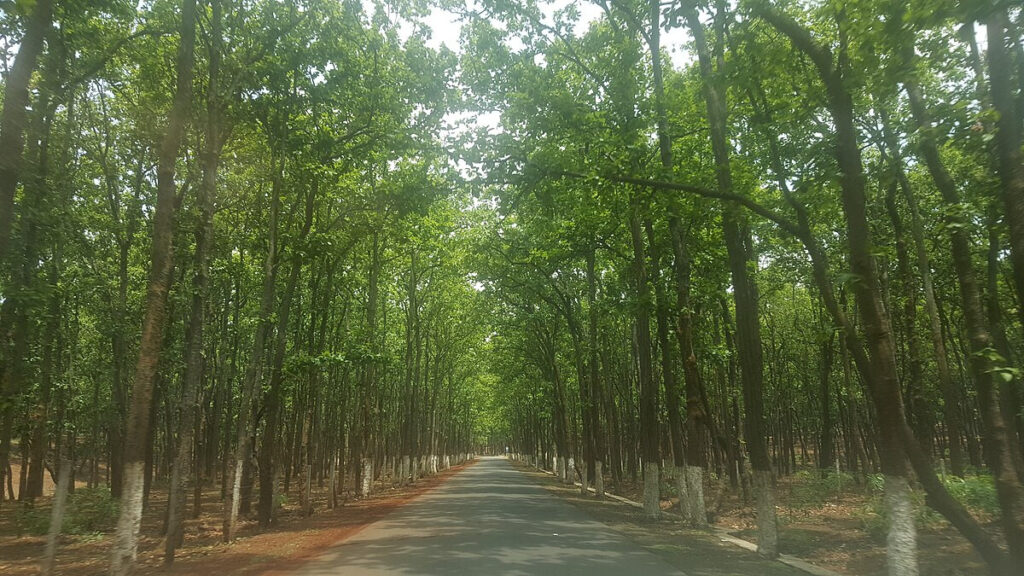
Shorea is another great teak alternative. It is a tropical hardwood native to Southeast Asia and India.
The wood is similar to teak in terms of hardness and heft. It contains large amounts of natural oils that can withstand rot and insects.
As for its color, shorea is light gold when freshly cut. And like teak, it can turn into a silver gray over time. The good thing about shorea wood is that it is cheaper and more readily available.
Greenheart

Greenheart, also known as Chlorocardium rodiei, is one of the most durable woods you can get. This exotic timber is harder than teak and highly resistant to decay and insects. It is a popular wood for construction projects and boatbuilding.
Greenheart varies in color from yellow-green to light olive. Its golden yellow shade is similar to teak veneer.
However, this timber is challenging to cut for DIY projects due to its high density. It also has ends that might split and warp when exposed to certain weather elements.
Ipe

Ipe or Brazilian walnut is another durable hardwood to consider if you like teak. It has a Janka hardness rating of 3,510 compared to teak, which is in the lower 1,155. It offers excellent resistance to abrasion, insects, and scratches.
Ipe is available in a wide range of colors, such as reddish brown, olive brown, or darker brown. It has a straight grain pattern, making it look like teak.
However, ipe is mostly used for decks, unlike teak, which is popular for furniture. It is also harder to work with due to its incredible toughness. On the upside, it is more sustainable than teak and its other alternatives.
Ekki
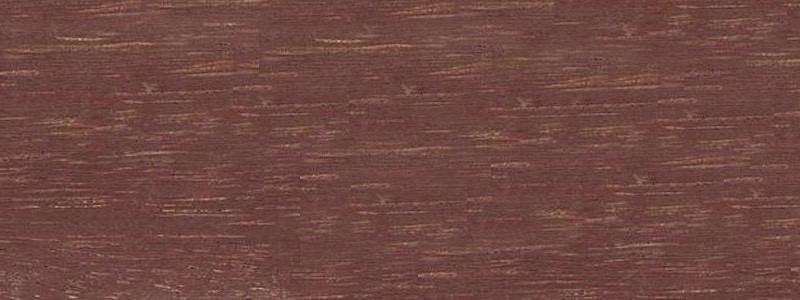
The last notable teak substitute is ekki. It is a durable and water-resistant timber that can withstand outdoor use. It can also endure insects and massive weights.
Similar to teak, ekki wood is versatile. It has many applications, from furniture and flooring to construction projects and more.
The only major difference between these two hardwoods is their appearance. Ekki is slightly darker with a low natural luster. Meanwhile, teak has a golden brown sheen.
Conclusion
Teak wood is a beautiful wood known for its distinct golden shade and exceptional durability. However, these benefits come at a steep price.
Fortunately, you can transform ordinary wood to look like teak plywood using oils or stains. You can buy them from any home improvement store. Follow the steps above to achieve a smooth, even finish. If you don’t have time to apply oil or stain, you can consider other wood species that are similar to teak.
Do you have other questions about teak? You can browse our blog page for more information about this tropical hardwood.

